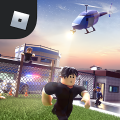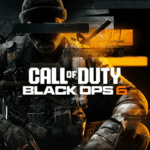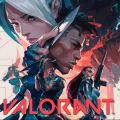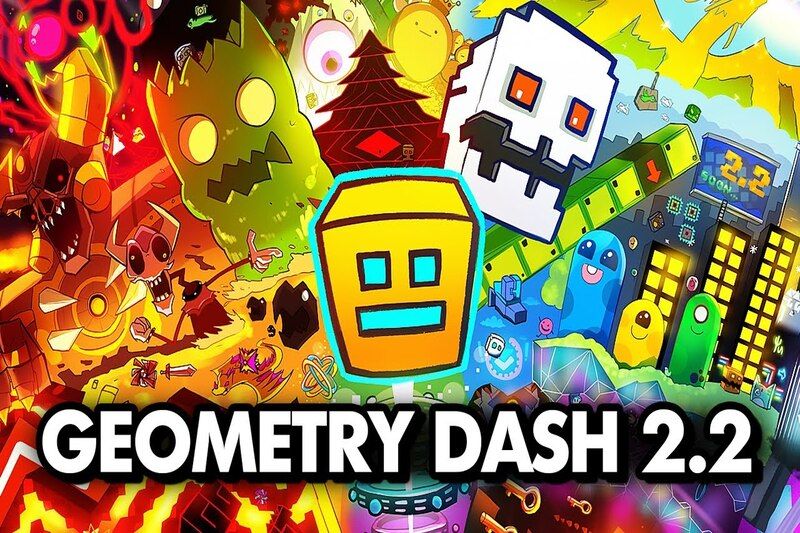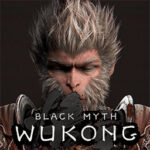Popular Now
Introduction
Garena Free Fire has always been known for its fast-paced matches, mobile-optimized gameplay, and innovative map designs. Among its most ambitious endeavors was Kalahari, a desert-themed map introduced to diversify gameplay and challenge veteran players with complex terrain. However, despite its bold vision, Kalahari has remained one of Free Fire’s most divisive maps. This article explores the lifecycle of Kalahari — from its hype-driven launch to its controversial removal — and how it symbolizes the broader challenges Free Fire faces in balancing innovation with player satisfaction.
1. The Birth of Kalahari: Innovation in a Saturated Meta
When Kalahari was introduced in early 2020, it was hailed as a turning point for Free Fire’s map diversity. Following Bermuda’s success and Purgatory’s more vertical layout, Kalahari promised to take the experience to the next level.
The map featured rugged desert terrain, elevated sniper zones, tight underground tunnels, and open-air combat zones, aiming to shift the combat dynamic from short-range rushes to more tactical, vision-based firefights. Kalahari’s concept was ambitious and a breath of fresh air for a game that needed to keep evolving to compete with titles like PUBG Mobile and Call of Duty: Mobile.
2. Terrain and Structure Design: Tactical Advantage or Gameplay Chaos?
Kalahari’s terrain was both praised and criticized. On one hand, its verticality, cliffs, and high towers encouraged long-range play and creative positioning. Sniper rifles gained renewed importance, and strategic players thrived.
However, for casual and new players, Kalahari quickly became overwhelming. Ambushes from above, difficulty navigating high ground without exposing oneself, and poorly distributed loot zones turned matches into frustrating experiences. Unlike Bermuda, which offered a balanced entry point for all playstyles, Kalahari seemed to favor a niche group of veterans and aggressive snipers.
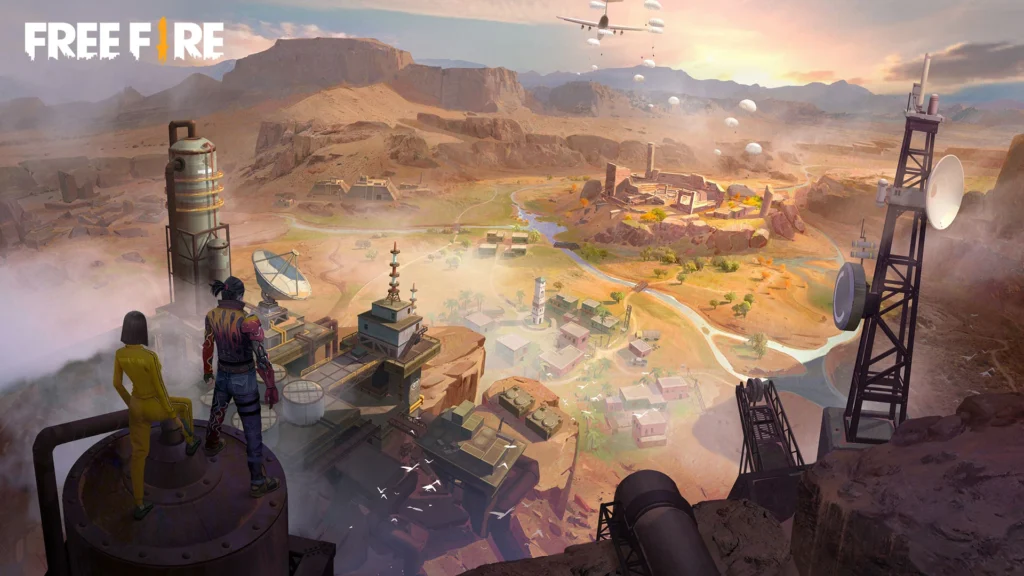
3. Meta Shifts and Weapon Balancing Issues
The introduction of Kalahari influenced the weapon meta heavily. Long-range weapons like the Kar98k and SVD became essential, and utility items such as grenades and glue walls gained new tactical importance in cliff-based fights.
This disrupted the balance Garena had worked hard to maintain across maps. Players who specialized in SMG or shotgun rush tactics — common in Bermuda and Purgatory — struggled to adapt. The disparity created a divide between map-specific playstyles, which clashed with Free Fire’s pick-up-and-play appeal.
4. Player Feedback and Performance Concerns
Despite its ambition, Kalahari was plagued by performance complaints. The map’s complex geometry and detailed environments led to increased lag and frame drops, especially on low-end devices — which form a significant part of Free Fire’s global player base.
Community forums, Reddit discussions, and YouTube feedback showed an increasing number of players requesting an option to disable Kalahari in ranked mode. The excitement that surrounded its launch gave way to frustration, with many feeling forced to play on a map that didn’t suit their devices or playstyles.
5. Competitive Scene Reaction: Kalahari in Tournaments
Kalahari was introduced into Free Fire's esports scene but met mixed reactions from pro players. Some praised it for rewarding strategic positioning and map knowledge. However, others criticized it for being too random due to the multiple levels and the potential for unfair high-ground camping.
Clutch situations became harder to execute due to unpredictable enemy positions. Tournament viewers also found Kalahari harder to follow visually, as fights often occurred on multiple vertical planes — making casting and spectating more chaotic.
6. Decline in Popularity: The Rotation Controversy
In mid-2021, Garena introduced a map rotation system that removed Kalahari from the ranked pool temporarily. This decision was met with unexpected support from a large portion of the community.
Surveys and social media polls revealed that Kalahari was the least played map, and its forced inclusion was pushing players away from ranked mode. This marked the beginning of its decline. While some hardcore fans of the map protested, the overall player sentiment was clear: Kalahari needed a redesign or retirement.
7. Lore and Thematic Strengths That Were Overlooked
One often-overlooked strength of Kalahari was its rich lore and thematic design. The map contained ruins, military bunkers, oil rigs, and hints at ancient civilizations — making it the most narratively engaging map in Free Fire’s history.
Unfortunately, Free Fire’s general focus on gameplay over narrative meant that these elements were underutilized. There was potential for story-driven events, missions, or PvE content based in Kalahari’s environment, but none of it materialized meaningfully.
8. Attempts at Revamping and Player Reactions
Garena attempted to revamp Kalahari several times. Minor changes were made to loot distribution, spawn zones, and cliff accessibility. However, these changes were mostly superficial and didn’t address the core issues of vertical imbalance, performance strain, and map complexity.
Players felt that these updates were too little, too late. Calls for a full overhaul or a completely new desert map began to emerge. Content creators like Total Gaming and SK Sabir Boss highlighted Kalahari’s persistent flaws, adding fuel to the fire.
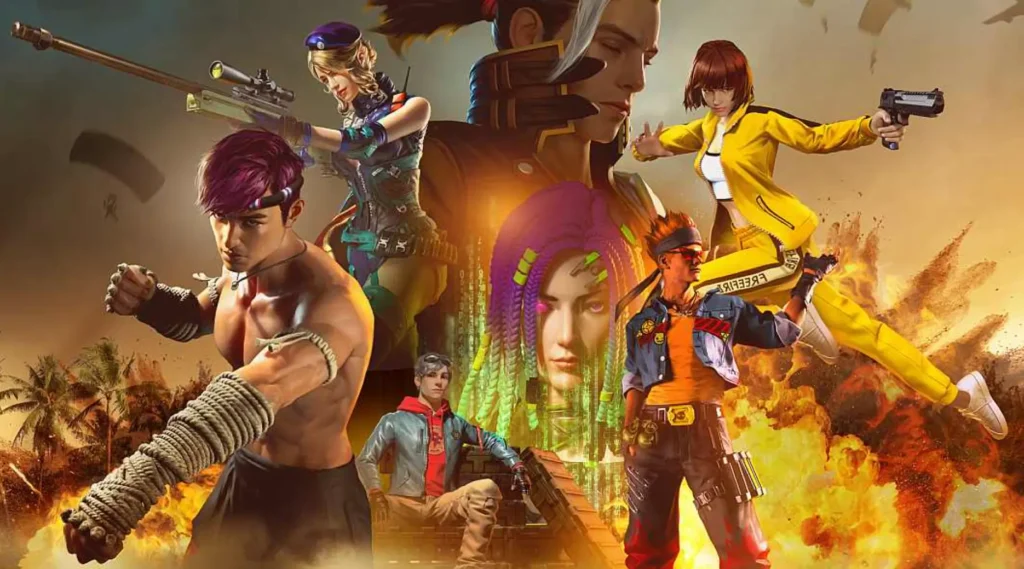
9. Removal from Ranked: A Necessary Sacrifice
In 2022, Garena made the controversial decision to permanently remove Kalahari from the ranked rotation. It was still available in custom and casual modes, but this effectively demoted the map from core content to side feature.
The decision, while controversial to some, was largely welcomed by the broader player base. Ranked queues became faster, player engagement stabilized, and complaints decreased. It became clear that while Kalahari was a bold experiment, it did not align with what the majority of Free Fire players wanted in core gameplay.
10. The Legacy of Kalahari: Lessons for the Future
Kalahari’s rise and fall taught Garena — and the gaming industry — valuable lessons:
-
Innovation must consider accessibility: Creative maps are great, but they need to work on low-end devices and suit casual players too.
-
Player feedback is essential: Ignoring the voice of the community can lead to alienation and attrition.
-
Lore should be utilized fully: Maps with strong thematic identity should be tied to events, missions, and storytelling for better engagement.
Despite its failure in ranked mode, Kalahari remains a symbol of Free Fire’s willingness to innovate. It may not have achieved long-term success, but it pushed boundaries and sparked meaningful debate about what Free Fire should be moving forward.
Conclusion
Kalahari was a bold experiment that showcased Garena’s desire to evolve Free Fire’s gameplay beyond simple battle royale mechanics. It offered complexity, strategy, and a distinct aesthetic — but ultimately failed to resonate with the broader player base due to accessibility issues, imbalance, and lack of cohesion with the game’s overall philosophy.
As Free Fire continues to grow, Kalahari will be remembered not just as a map, but as a moment when the game tried to push its limits. Whether it ever returns in a reimagined form remains to be seen, but its impact — both positive and negative — has left a lasting mark on Free Fire’s evolution.


